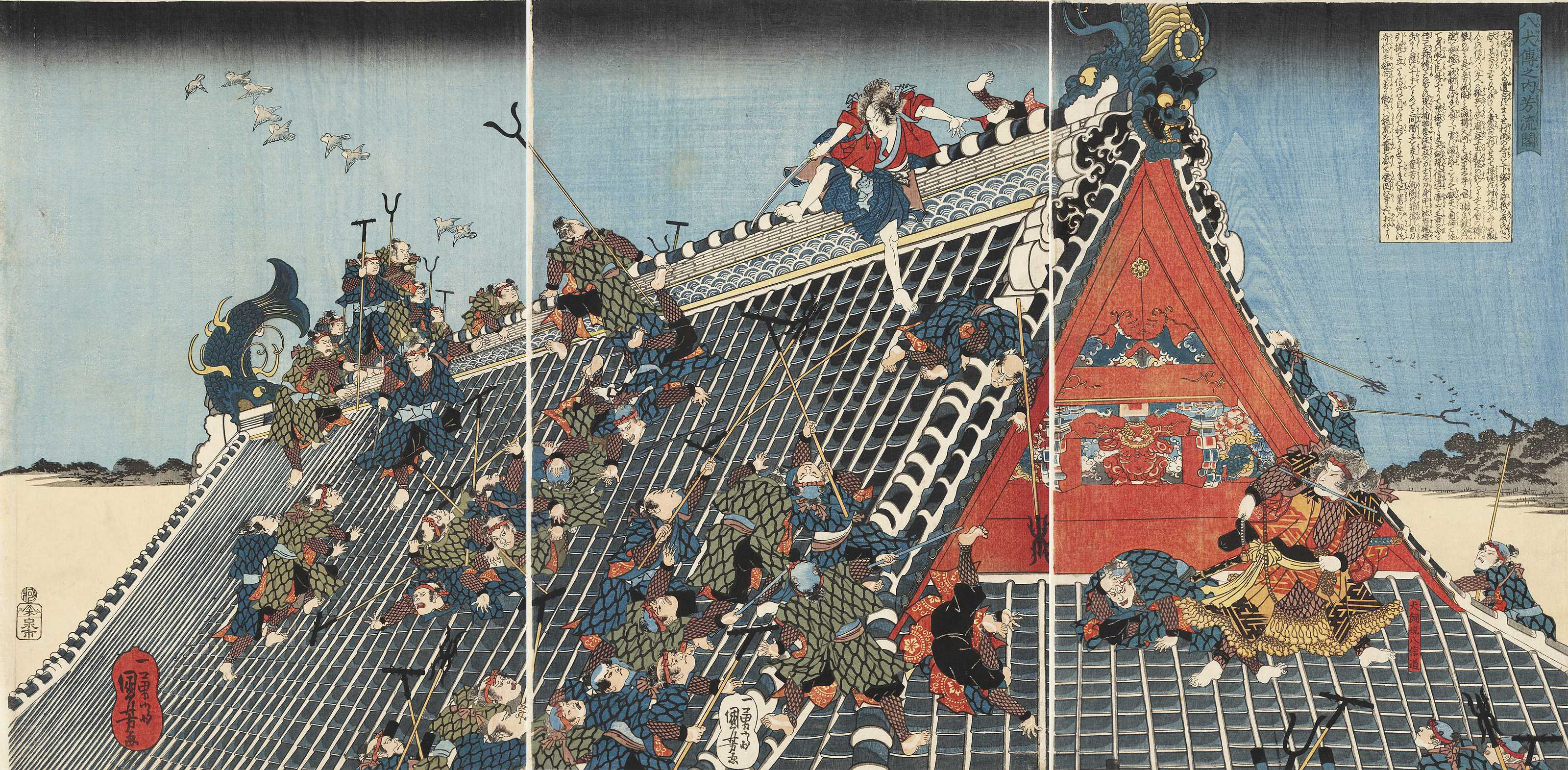This article is a web original.
Marco Cian (Hyogo)
In the early Taisho Era, the author Okamoto Kido stumbled upon an idea. Detective fiction like that of Sir Arthur Conan Doyle was all the rage in Japan at the time, but no Japanese author had attempted to produce their own, homegrown detective stories. So, in 1917, Okamoto began publication of Hanshichi Torimonocho, the first ever torimonocho story.
Torimonocho, as you’ll recall from my first Sano Ichiro article, can be summarized as a cross between detective and historical fiction. However, that description is somewhat inexact, missing out on some key context and subtle differences between various torimonocho authors. So, for this article, I thought I would briefly discuss the Five Great Torimonocho; what makes each of them unique, and how each of them contributed to the larger torimonocho canon.
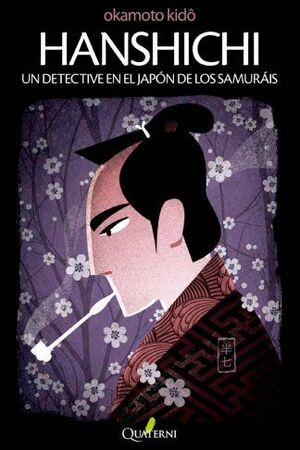 Okamoto Kido – Hanshichi Torimonocho
Okamoto Kido – Hanshichi Torimonocho
Okamoto Kido may have been prototypical for the genre, but he was also atypical in many ways. For one thing, the protagonist of Hanshichi Torimonocho (the titular Hanshichi) is a shogunate official in the latter days of the Edo period. To present such characters as heroes was somewhat taboo during the time Okamoto was writing this, since Imperial Japan was heavily invested in presenting the Tokugawa Shogunate as a corrupt and tyrannical system (so as to make its own administration seem moral and just by comparison).
More than that though, Hanshichi eschews key features of the detective genre, such as a presentation of all the clues for the reader to pick up, or the solution to the mystery being reached through deductive reasoning. Perhaps most unique of all, Hanshichi is positively steeped in nostalgia. You might even say it’s the main point of the series, with the stories taking the form of a Taisho era narrator listening to Hanshichi reminisce about an Edo period case he handled (similar to how Okamoto himself liked listening to older people reminisce about a time before he was born).
The reasons for this largely stem from Okamoto’s own, personal background. His father was a retainer to the shogun, and fought on the side of the shogunate in the Boshin War. When he was wounded in battle, he sought asylum at the British embassy, which allowed him to survive the war and acquire a position with the British Legation to Japan. Because of this, Okamoto grew up with an exposure to English literature (like Conan Doyle), and a more positive view of the Tokugawa Shogunate than what was acceptable in the Meiji and Taisho eras.
Also, it’s important to remember that Doyle’s own later Holmes work (which Okamoto was reading around the time he created Hanshichi) also prioritized nostalgia while eschewing deductive reasoning, as the stories became period pieces instead of contemporary thrillers and Doyle embraced Spiritualism. And after the Great Kanto Earthquake of 1923, people were hungrier than ever for nostalgia of old Edo, since most Edo period architecture in Tokyo was destroyed then. Hanshichi may not be great as a mystery series, but it does serve as a fascinating snapshot of the Edo period, not simply how it was, but how we remember it being, which is an important distinction too many historical fiction writers forget.
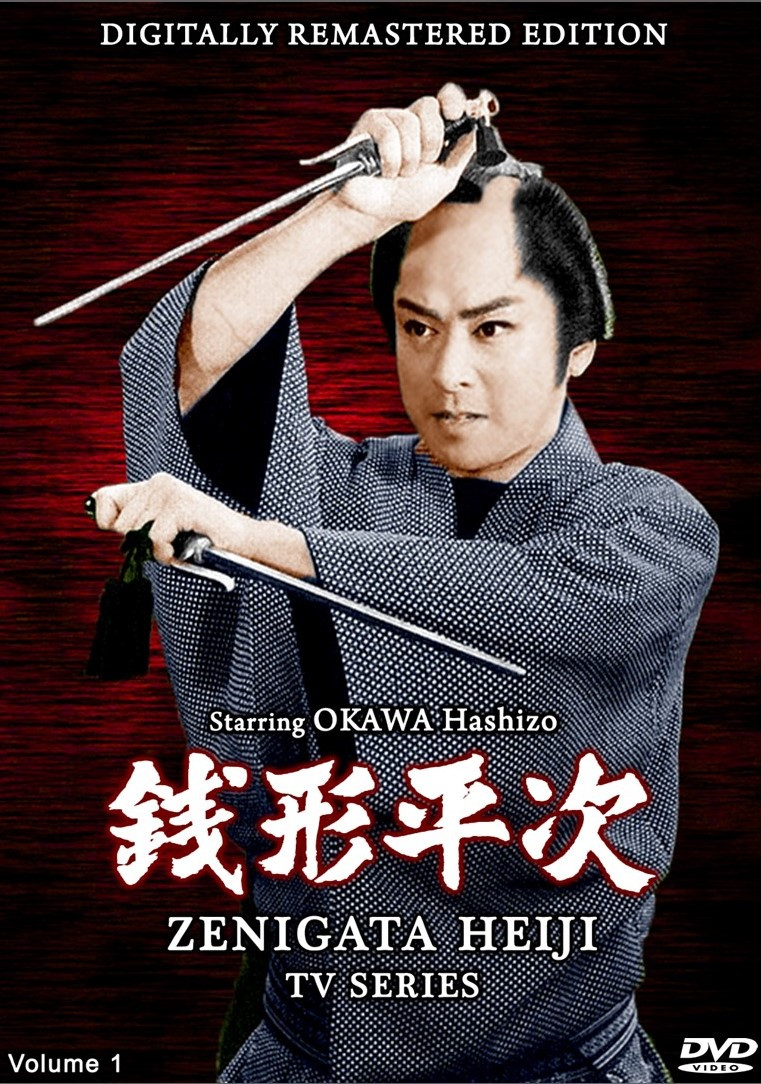 Nomura Kodo – Zenigata Heiji Torimono Hikae
Nomura Kodo – Zenigata Heiji Torimono Hikae
While Okamoto may have done it first, one could argue that Nomura Kodo did it best, given how Zenigata Heiji remains the most famous torimonocho protagonist of all time. Yes, Koichi Zenigata from Lupin III is his descendent, but more than that, yer man has his own monument at Kanda Myojin. That’s how famous he is. And what’s funny about this is that, unlike Hanshichi, Zenigata never tried to be an accurate reflection of old Edo, but rather a reflection of how it should have been; a “Utopia of the Law” as Nomura himself described it.
To those familiar with Terry Pratchett’s Discworld, a good way to describe the Zenigata Heiji stories is that they are a Japanese equivalent of the Ankh-Morpork City Watch, with Zenigata himself being a Japanese Sam Vimes. Like Vimes, Zenigata is of low birth, and his sympathies are ultimately with the common people, refusing to turn a blind eye to injustice regardless of who commits it. This extends even to the prose itself, which is written in a plain, conversational way, unlike Nomura’s more poetic contemporaries in the torimonocho genre.
Some might regard the historical inaccuracies of Zenigata to be a deal-breaker. After all, I myself have criticized authors like James Clavell and Laura Joh Rowland for their historical inaccuracies. However, to further the Discworld anology, I think the best way to look at the Zenigata series is not so much as historical fiction as satire, and satire that has its roots in Edo Period kabuki plays, which Nomura drew from heavily when crafting Zenigata. By setting the stories in a time which audiences were already primed to view as corrupt and tyrannical, Nomura could use his stories to criticize society in a way he couldn’t by setting his stories in the present day. Class exploitation, misogyny, police corruption, all were hot-button issues then as they are now, and by dealing with them in the past, Nomura encouraged his readers to fight against them in the present. Sadly, such issues are still with us even today. But, like Sir Terry, I think Nomura understood that fighting for a Utopia of the Law, where everyone is judged fairly, is a cause worth taking up no matter what time period.
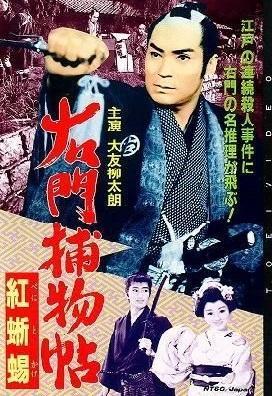 Sasaki Mitsuzo – Umon Torimonocho
Sasaki Mitsuzo – Umon Torimonocho
If Hanshichi was what started the torimonocho genre, and Zenigata was what brought it to its greatest height of popularity, then Umon Torimonocho represents an important transition period between the two, being the second ever torimonocho series in existence, and even gaining Okamoto Kido as a fan.
Unlike Okamoto or Nomura though, Sasaki Mitsuzo’s reasons for getting into the torimonocho genre were not anything as romantic as creative passion. Sasaki’s main ambitions were to be a writer of serious literature, the sort of stories that win awards and are mostly read by the intelligentsia. Unfortunately, with the death of his brother, Sasaki found himself inheriting said brother’s debts, and was in desperate need for some quick cash. Hanshichi was selling like hot cakes at the time, and so Sasaki chose to cash in on this trend, like how Sax Rohmer shamelessly ripped off Sherlock Holmes when devising his Fu Manchu series.
Like Rohmer, as pastiche of a more popular work, Umon Torimonocho is pretty lousy. Unlike Rohmer though, Sasaki actually could write. The problem with Umon was simply that Sasaki’s strengths as a writer were different from those of Okamoto. He had no knowledge of history, not even trying to achieve historical accuracy in his work, and his understanding of clever tricks and mysteries was sub-par. However, Sasaki made up for these flaws by focusing on his two main characters, Kondo Umon and his subordinate Denroku.
While Umon is lackluster and taciturn, Denroku is an energetic chatterbox. When looking at the two, fans of detective fiction might be reminded of a quirkier Nero Wolfe and Archie Goodwin, while anime fans might see parallels with Oreki Hotaro and Chitanda Eri. And as the series progresses, there is a clear, chronological progression in their characters, as they inspire each other to be better versions of themselves. Indeed, with no women or families in their lives, the two become life partners, their bickering taking on a resemblence to that of an old, married couple (and for those of you so inclined, there is plenty of textual evidence to support the two being romantically involved, though nothing is explicitly stated).
Like Rohmer (and Doyle), Sasaki’s primary motivation for writing torimonocho was purely monetary. And despite Umon Torimonocho only taking up a fraction of his total ouvre, near the end of his life Sasaki worried that it would be the only thing anybody remembered him for. With the passage of time, it appears that these fears were well-founded. But still, I should like to think that Sasaki would be glad to have put out something well worth remembering.
 Jo Masayuki – Wakasama Zamurai Torimono Techo
Jo Masayuki – Wakasama Zamurai Torimono Techo
Like Sasaki, Jo Masayuki got his start with writing literary works (in this case poetry), before transitioning into the profitable torimonocho market. However, unlike Sasaki, Jo seems to have chosen the genre out of genuine love for it, instead of a desperate need for cash. If the titles of his stories (all taken from famous Japanese poems) are any indication, Jo saw his torimonocho work as a fun extension of his poetry work, rather than an embarrassing interruption of it. And indeed, one of the unique features of Wakasama is its lack of any central themes or messages beyond fast-paced action and intrigue. The stories don’t exist to present an accurate picture of historical Edo. They don’t exist to satirize social issues. And they don’t exist to carefully examine its main characters. They simply exist to provide the reader with thrills and spills and an exciting, good time (which might explain why it’s the least critically examined of the Five Great Torimonocho).
Wakasama, the Young Master, is the first armchair detective of torimonocho. While of noble birth, the unnamed protagonist has nothing but contempt for the snobbery and classism of the samurai, and chooses to while away his days at the dockyards, where he runs a liesure boating business and solves mysteries on the side. Never leaving the docks, the Young Master will listen to the plights of clients who are stumped by some mystery they’ve encountered, and after hearing their account of things, will tell them the solutions to their puzzles. The only recurring character is Oito, a girl who helps out at the dockyard and has an ambiguous relationship with him (similar to the relationship between Umon and Denroku).
At least, that’s the premise for the pre-war Wakasama stories. After the war, Jo changed things up by having the Young Master get off his butt and walk around the city, and transitioned his role from an armchair detective to an Edo period superspy. Political espionage and intrigue took over from puzzle-solving, but throughout all the stories was Jo’s consistent image of Edo. Jo and Okamoto were the only two of the Five Great Torimonocho authors to have been born and raised in Tokyo. But they both had very different images of its historical predecessor. While Okamoto’s Edo is a carefully crafted historical document, Jo’s Edo is a sophisticated city full of glamour and glitz. The pleasure quarters and Floating World take center stage in Wakasama, and like James Bond, the Young Master deals in espionage with style and fun.
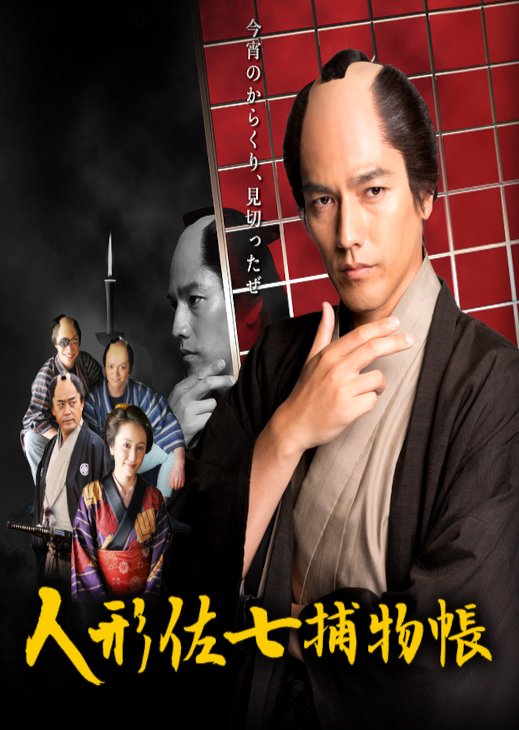 Yokomizo Seishi – Ningyo Sashichi Torimonocho
Yokomizo Seishi – Ningyo Sashichi Torimonocho
Yokomizo Seishi is most famous in Japan for his Kindaichi Kosuke series. But he also threw his hat into the torimonocho genre with his trademark mix of gothic grotesquerie and puzzlebox mysteries. In Ningyo Sashichi Torimonocho, Sashichi (nicknamed Ningyo because his face is as beautiful as a doll’s) investigates mysteries with his two assistants Tatsugoro and Mameroku, alongside his wife Okume.
The focus of Sashichi is on the mysteries and the interactions of the ensemble cast, with historical accuracy taking a backseat. Modern slang and scoffing at superstition which would have been commonly held at the time abound in the Sashichi stories. And the Edo Sashichi exists in is a particularly grim and gritty environment, akin to an R-rated Gotham City or the more noirish depictions of New York. Most notable of all though is its depiction of gender relations.
Sashichi’s main distinguishing feature is his beauty and flirtatiousness, constantly making passes at any pretty lady he meets, despite being married. While Sashichi never goes through with full-on adultery, so as to show Okume’s jealousy as irrational and emotionally-driven, Yokomizo supports the idea that even if he were to cheat, it would not be a big deal. In the one story where Okume is suspected of cheating though, Sashichi fiercely beats her (and later the young woman in disguise who he thinks is her lover), as such an act is a terrible stain on Sashichi’s honor. Later it is Okume, and not Sashichi, who apologizes for her actions. A common theme of the Sashichi series is how women are simply too emotional to be trusted, and when discussing such topics as sexual violence, the stories can get deeply uncomfortable for some readers.
Given these factors, Sashichi might be the most difficult of the Five Great Torimonocho for modern readers to digest. But even with these factors, Yokomizo’s place among these five is assured, given the influence he had on other, later authors. Each of the five authors in this group has left some important mark on both torimonocho specifically and Japanese mystery fiction as a whole, and remain well worth reading to anyone with an interest in the history of the genre. If you’d like to read more about torimonocho, you can do so here. It’s a very informative deep-dive into the genre, and I wish it had more attention than it’s gotten thus far.
Marco Cian is a second-year ALT in Hyogo Prefecture. He loves a good mystery, and if you’d like to check out more of his reviews, you can find him on his website here.




